‘Dream Machines: Electronic Music in Britain from Doctor Who to Acid House’ is a fascinating book tracing several decades of British electronic music.
Written by Matthew Collin whose previous books have included ‘Altered State: The Story of Ecstasy Culture and Acid House’, ‘Rave On: Global Adventures in Electronic Dance Music’ and ‘Pop Grenade: From Public Enemy to Pussy Riot – Dispatches from Musical Frontlines’, the content in ‘Dream Machines’ covers early avant-garde experiments, psychedelia, space rock, art rock, reggae, synthpop, electro, sampling, Hi-NRG, house and techno across 400+ pages. As well as technological advances in music making, the cultural and socio-political shifts that changed attitudes and gave tools to outsiders for self-expression are discussed.
Among the many who have been interviewed about this formative period are Gary Numan, John Foxx, Dave Ball, Stephen Morris, Martyn Ware, Chris Carter, Cosey Fanni Tutti, Steve Hillage, Miquette Giraudy, Stephen Mallinder, Ian Levine, Gerald Simpson, Mark Moore, Dennis Bovell, Don Letts, Adrian Sherwood and the late Keith LeBlanc.
Matthew Collin spoke to ELECTRICITYCLUB.CO.UK about the research and writing behind ‘Dream Machines: Electronic Music in Britain from Doctor Who to Acid House’.
What drew you towards a love of electronic sounds?
When I was growing up, you could hear all sorts of records on the radio and in the pop charts that used electronics in different ways – KRAFTWERK’s ‘Autobahn’, ‘Popcorn’ by HOT BUTTER, CHICORY TIP’s ‘Son of My Father’ with its gnarly Moog riff. But as a child, I didn’t really identify any of this stuff as ‘electronic music’ as such. You would actually have some quite strange music in the pop charts back in the 1970s, like Rupie Edwards’ bonkers dub track ‘Ire Feelings (Skanga)’. Then there was Bowie, Roxy, Donna Summer’s disco hits with Giorgio Moroder – amazing records, all futuristic in different ways.
This adventurous music that seemed to gaze into the future always excited me – records made by charismatic nonconformists, flamboyant idealists and crazy dreamers; the kind of people I found fascinating. That’s why I also loved that arty DIY postpunk period when people were making mad noises with tape loops, Wasp synths, echo units and drum machines put through fuzzboxes, as well as the raw, early electro-pop; all those releases on independent labels like Rough Trade, Factory, Mute, Fast Product and Industrial Records. Then as the 1980s progressed you got hip-hop and electronic dance music in all its thrilling varieties, which seemed to take this adventurous spirit forwards.
There are a lot of electronic and dance music books already, so what makes ‘Dream Machines’ different in concept?
‘Dream Machines’ is a celebration of the early pioneers of electronic music in the UK, tracking the story back to the period after World War II when people who dreamed of a new kind of music first got access to tape recorders to turn their dreams into reality. The book follows the music’s trajectory through the sixties, when weird sounds were pumped into the nation’s living rooms by THE BBC RADIOPHONIC WORKSHOP, the sonic experiments of adventurous pop musicians like THE BEATLES, through the psychedelic era and into the seventies and eighties with the emergence of dub, electro, hip-hop and then house and techno.
What’s different about the book is that as well as examining how new technology affected the music that was being made, it locates the music’s development within the massive social changes that were happening in Britain during those decades – post-war optimism, the rise of sixties bohemia and liberation movements fighting for equal rights and against discrimination, the Windrush generation’s huge influence on British musical culture, the political turbulence of the seventies and eighties. All these social changes influenced the people who made this music and were reflected in the sounds that they made.
How important was THE BBC RADIOPHONIC WORKSHOP in this story?
Massively important. THE BBC RADIOPHONIC WORKSHOP introduced so many people in Britain to electronic music, not only through soundtracks for science-fiction TV series like ‘Doctor Who’, but also via the musique concrète sounds that the Workshop’s composers created for BBC Schools Radio broadcasts. Kids would be listening to an educational programme and hearing these amazing otherworldly noises blasting out. A lot of people reckon this is why the UK became such a leader in electro-pop in the eighties, because all these schoolchildren grew up on THE RADIOPHONIC WORKSHOP’s electronic sounds.
The Workshop also set a kind of template for electronic music-making in Britain, with its do-it-yourself, make-do-and-mend approach, using whatever equipment was at hand to create new sounds, customising and retooling technology to suit the needs of the moment, mutating and manipulating sonics. DIY futurism, in other words. This spirit endured all the way into the electronic dance music era.
What about the period which you maybe had less knowledge of but most enjoyed writing about from the research and interviews you conducted?
I wasn’t a massive fan of seventies hippie bands like GONG and HAWKWIND before I wrote the book, but I have huge admiration for them now. They were truly out there, combining cosmic electronics with psychedelic rock, experimenting with improvisation and tranced-out repetitive beats. It was a creative counterpart to the fantastic music that Krautrock bands like CAN, FAUST and AMON DÜÜL II were making in Germany around the same time.
Synth Britannia put the pop into synth, is this a movement that you look on fondly, is it finally getting the cultural recognition it deserves?
Culturally, this was a very interesting moment, and not just for the music. People like Phil Oakey, Marc Almond and Annie Lennox were playing with ideas of sartorial genderfluidity, different ways of expressing sexuality, transgressing societal norms. FRANKIE GOES TO HOLLYWOOD were jubilantly celebrating gay sex, while Imagination were presenting an “alternative masculinity with feminine attributes”, as the writer Marcus Barnes has put it, challenging preconceptions about how a Black British group should look and act. The greatest hits of the synth-pop eighties are now replayed on a seemingly perpetual loop on nostalgia radio as depoliticised and dehistoricised entertainment, but this was a much more culturally progressive period than it is sometimes depicted.
You discuss dub reggae in the book and John Foxx mentions how witnessing Lee ‘Scratch’ Perry at work influenced the sound of ‘Metamatic’, it’s interesting how all these dots join…
It’s impossible to understate how important dub has been to the development of electronic music, particularly its ideas about the creative use of space and echo. It was also a crucial factor in the musical make-up of genres like jungle, drum and bass, trip-hop, dubstep and most subsequent British-made electronic dance music, as well as making a major impact on rock and pop. “Dub changed the way people listen to music and it changed the way people conceive music and compose music”, as the veteran reggae producer Dennis Bovell told me. The Jamaican influence, brought to Britain by the Windrush generation, is something that has given electronic music in the UK its unique flavour and made it different from music created in mainland Europe or the United States.
By the way, Dennis Bovell tells an amusing story about how ‘Silly Games’, the hit he produced for Janet Kay, was recorded in the same studio around the same time as Gary Numan’s ‘Are Friends Electric?’ and used exactly the same synthesizer as Numan’s song. Bovell was actually a big prog rock fan, he even used to play in a band called STONEHENGE, which is why he said he wanted to use synths in reggae.
The story of how Ian Levine only turned to electronics to make ‘So Many Men, So Little Time’ by Miguel Brown due to budget limitations was a key turning point?
British Hi-NRG producer Ian Levine wanted to make lavish disco records using funky musicians and string sections, but because he couldn’t afford it anymore, he had to use drum machines and synths. It’s that DIY ethos again: adapting and mutating sounds because you have no alternative, and creating something new in the process. This is another thread that runs through ‘Dream Machines’, and through British electronic music in general – using the power of the imagination to overcome limitations.
You gave Stock Aitken & Waterman quite a bit of airtime when most books about electronic music wouldn’t be touching them with a barge pole?
I think there’s an interesting story there, however you rate Stock Aitken & Waterman’s records aesthetically. In the book, I write about the cultural importance of Hi-NRG, which was massive in underground gay clubs across the UK in the mid-eighties. Stock Aitken & Waterman then turned this gay electronic disco sound into straight electronic pop, and sold millions of records doing it.
They also brought textures from early Chicago house records into their music. It shows yet again how sounds from underground gay clubs and cutting-edge Black American dance music are readapted into white British pop, often very quickly, and then become part of the collective musical vocabulary.
Acid house took electronic music away from songs, so as an enthusiastic historian of it, where do you think the emotional resonance comes from it or is it more from memory association i.e. the collective experience and the chemical escapism?
I do think that the Ecstasy boom in the late eighties had an impact on the way British electronic music was made, because clubbers on E wanted more repetitive, trancelike grooves with weirder sonic effects, and as a result, producers were making tracks that became longer, freakier and more rhythmically intense. The original Chicago house music was an electronically-rendered, low-budget version of disco, and as time went on, it became increasingly deconstructed. The increasing popularity of E across the UK meant that there was a growing audience for these powerfully hypnotic records, and this in turn meant that more house and techno tracks were needed to meet this demand, which nurtured a rapidly-growing creative community of UK producers.
To you, was acid house like the spirit of THE RADIOPHONIC WORKSHOP with a dance beat?
Acid house offered a kind of unique weirdness that attracted a lot of people in the UK; people who liked strange sounds with a heavy beat. Many of them had undoubtedly grown up hearing THE RADIOPHONIC WORKSHOP’s soundtracks for TV and radio. In the book, Haçienda club DJ Jon Dasilva memorably describes acid house as ‘house music’s experimental wing’. When acid house exploded, you had musicians coming into the scene who had previously been involved with postpunk, indie and industrial music, and who brought in new ideas.
You also had people getting involved in acid house who had been involved in previous forms of psychedelic music and were excited by the idea of a technologically-enhanced psychedelia. Steve Hillage and Miquette Giraudy, former members of cosmic jazz-rock band GONG who became techno duo SYSTEM 7, are classic examples of this. As Hillage put it when I interviewed him: “We were very attracted to acid house because of the acid in it.”
You interviewed quite a few people for the book, from those who perhaps you not had spoken to much before, what were the biggest revelations for you, stuff that you were not aware of or had only heard on hearsay but now confirmed?
I loved the way that disparate musical ideas, scenes and people connect across history. One example is the historical link between the 1970s hippie festival by the ancient monument at Stonehenge and the 21st century techno temple Berghain. Britain’s first all-electronic band, a now-obscure group called ZORCH, played live at the Stonehenge festival back in 1974, where they met Tony Andrews, an expert in sound system technology. After working as ZORCH’s sound system man, Andrews went on to set up Turbosound, the company that provided the sound systems for the early acid house raves, and then he co-founded Funktion 1, which now provides top-of-the-range sound rigs for techno clubs like Berghain. So there’s this chain of creative links stretching for five decades through British electronic music history.
I also loved the way that sounds and styles are exchanged across countries and continents, adapting and mutating in the process. One example in the book is a UK-based producer called Tony Williams, a radio DJ in London who wanted to make a funky hip-hop groove that sounded a bit like THE SUGARHILL GANG’s ‘Rappers Delight’, which had just been a hit. But he booked reggae musicians to play it, and the sessions were mixed by a UK dub engineer, so the track, ‘Love Money’ by TW FUNK MASTERS, turned out like a kind of Caribbean-inflected disco-dub. Williams’ record then influenced New York producers and DJs like François Kevorkian and Larry Levan, who emulated Williams’ style for records that defined the sound of the Paradise Garage, the iconic NY underground club. So you had all these musical ideas from the US, Jamaica and the UK crossing back and forth across the world to create something fresh.
Did you get everyone you wanted to interview for the book? Were there any notable people who declined that you can talk about?
Paul McCartney would have been a fascinating interview. He’s often seen as the straightest of THE BEATLES, but he played a very important role in bringing ideas from the avant-garde into pop music. For a period in the mid-sixties when the countercultural ‘underground’ was emerging, McCartney became a cultural explorer on the bohemian fringes of Swinging London, going to see avant-garde concerts and exhibitions. He talked a lot in interviews at that time about discovering electronic music and musique concrète, and people took notice of what he was saying because he was a member of the most famous pop group in the world.
Then once THE BEATLES and their producer George Martin started experimenting with tape loops, sound manipulation and electronics, these techniques started to become assimilated into pop’s sonic universe. THE BEATLES’ ‘Tomorrow Never Knows’ was a landmark in futurist pop, and it set many other musicians on the path of sonic exploration. At the time, it must have sounded like it had been beamed in from another dimension.
ELECTRICITYCLUB.CO.UK gives its sincerest thanks to Matthew Collin
‘Dream Machines: Electronic Music in Britain From Doctor Who to Acid House’ by Matthew Collin is published by Ominbus Press, available from the usual high street and online booksellers including https://omnibuspress.com/products/dream-machines-electronic-music-in-britain-from-doctor-who-to-acid-house
https://dreammachinesinterviews.blogspot.com/
https://www.instagram.com/matthew._collin/
Text and Interview by Chi Ming Lai
19 July 2024


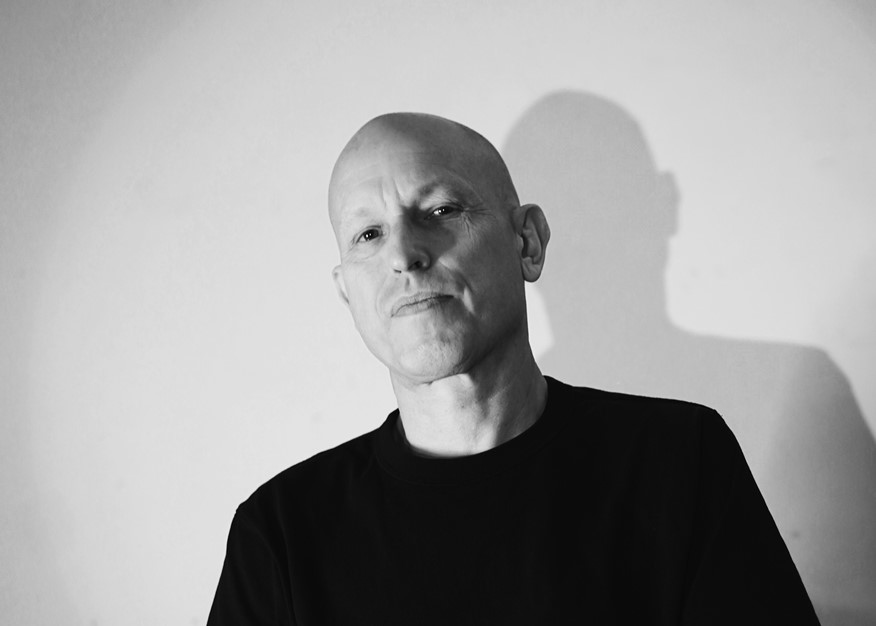
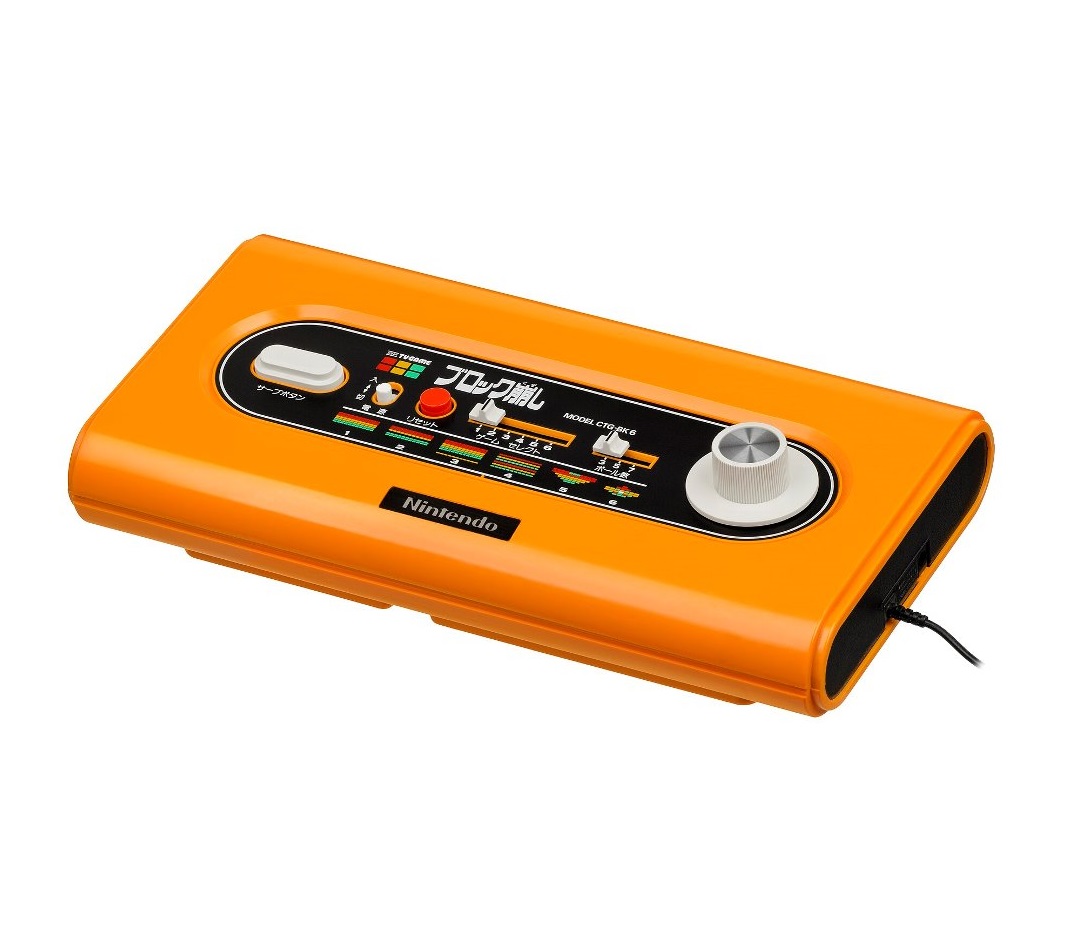
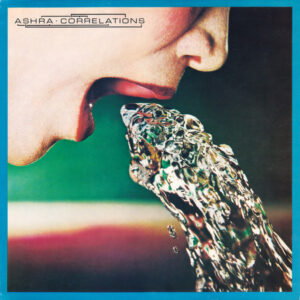
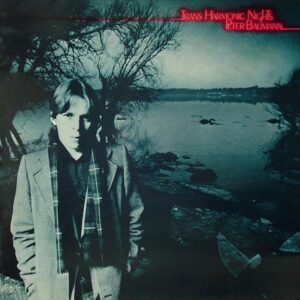
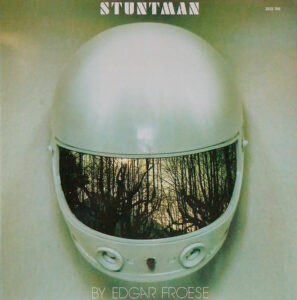
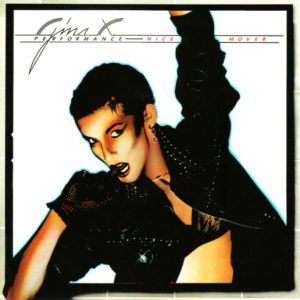
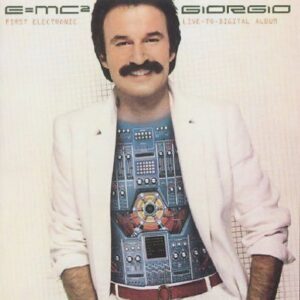
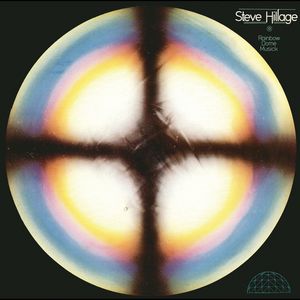
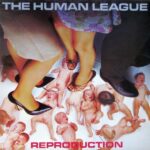
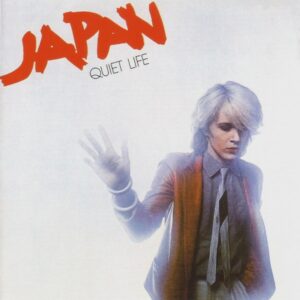
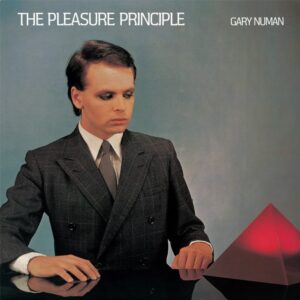
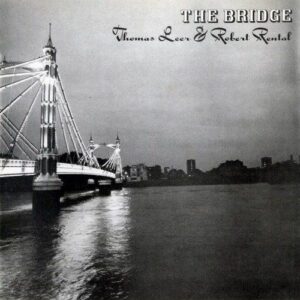
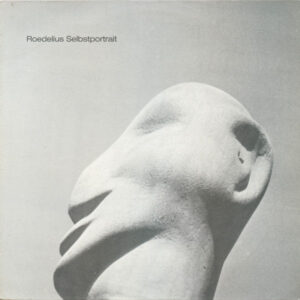
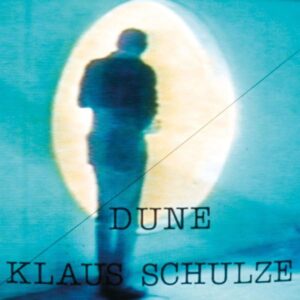
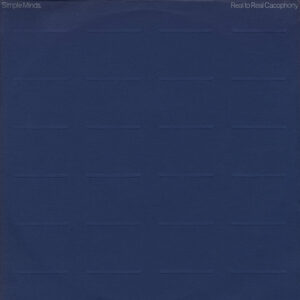
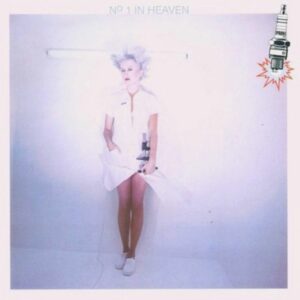
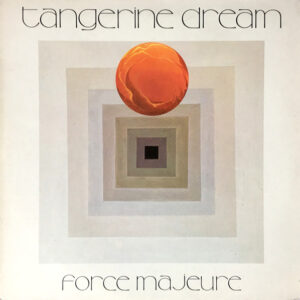
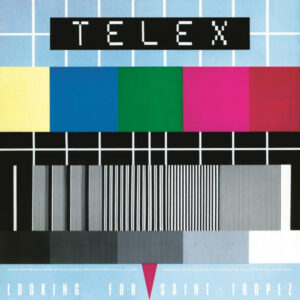
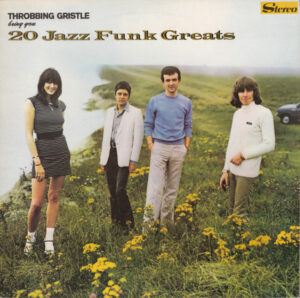
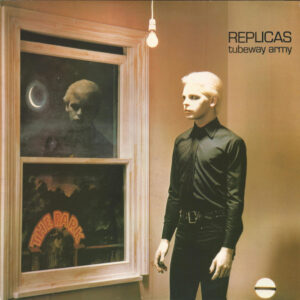

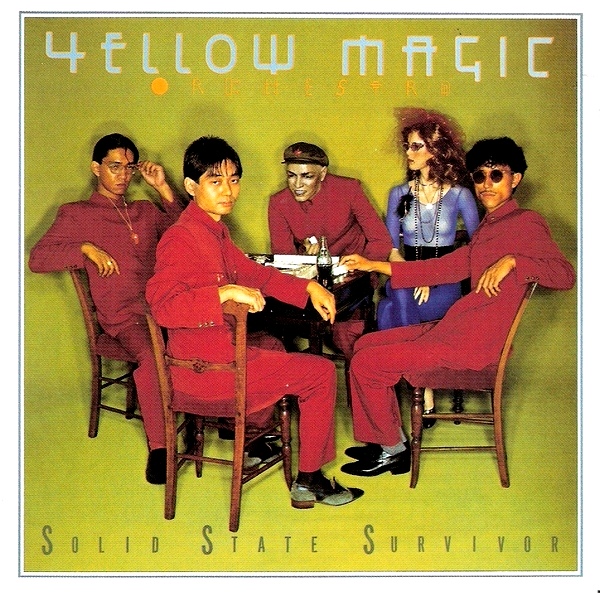
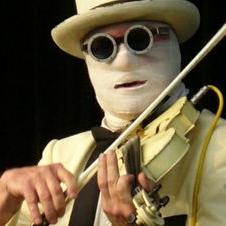
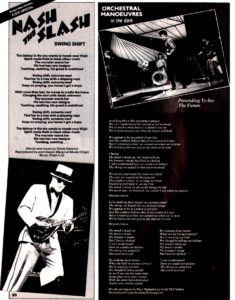
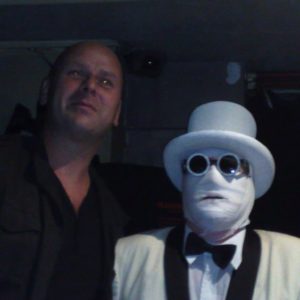

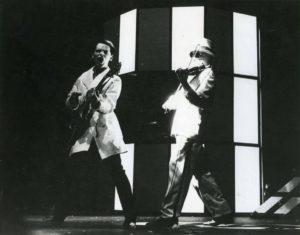
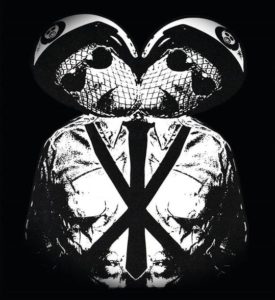
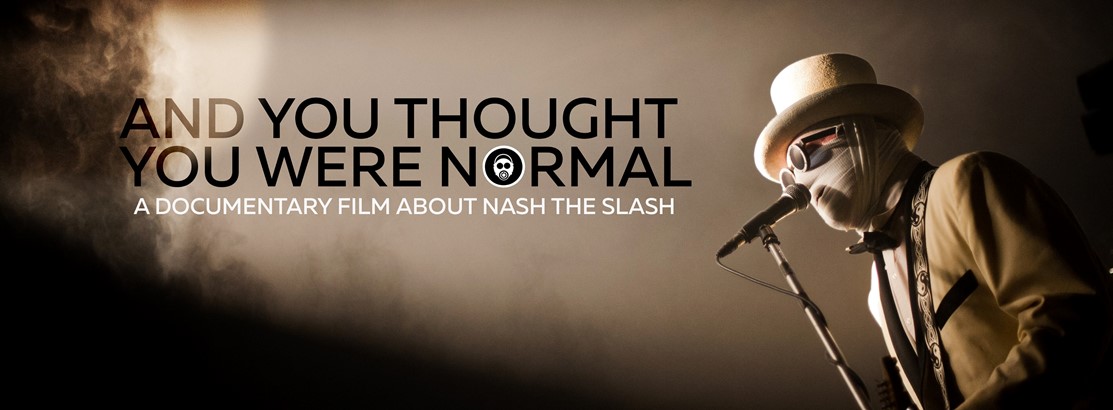
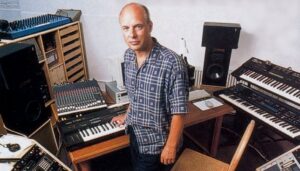
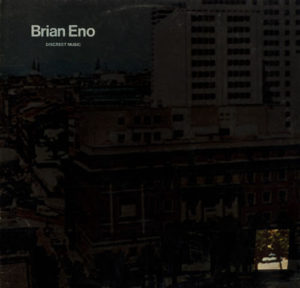
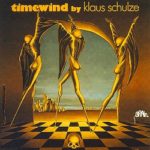
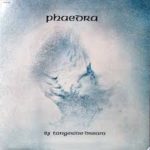
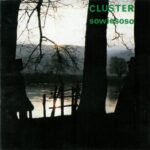
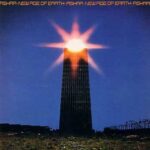
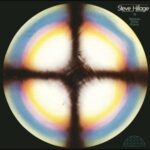
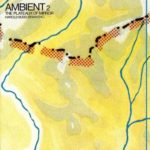


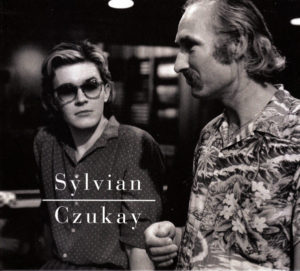
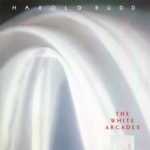
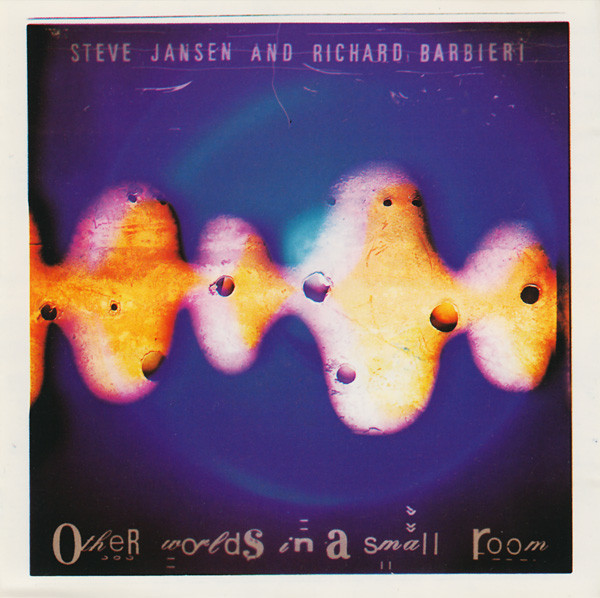
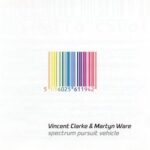
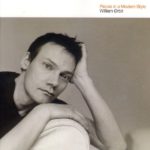

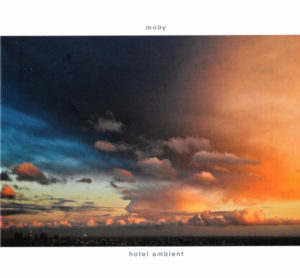
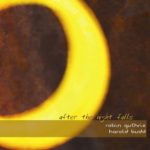
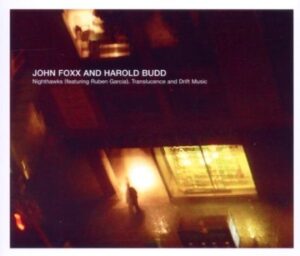
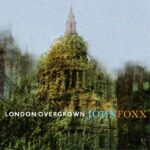
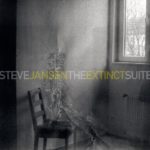
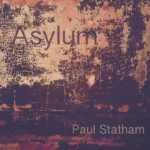


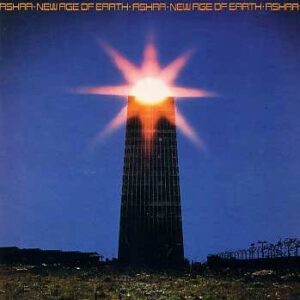
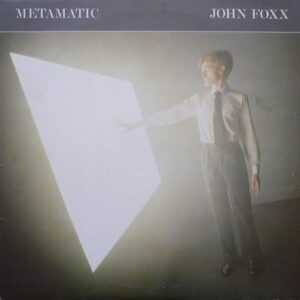
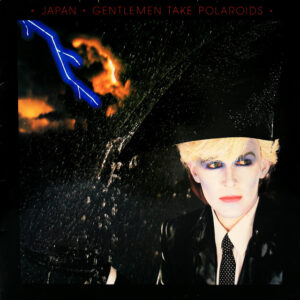
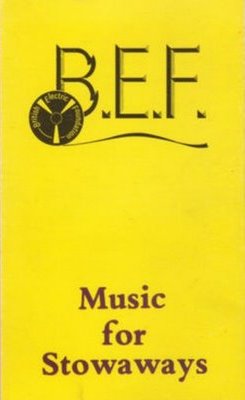
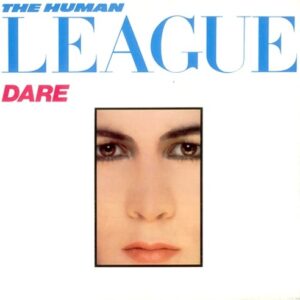
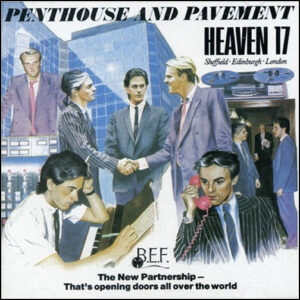
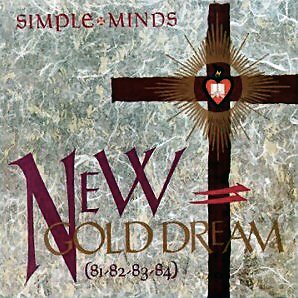
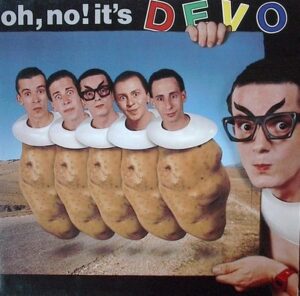
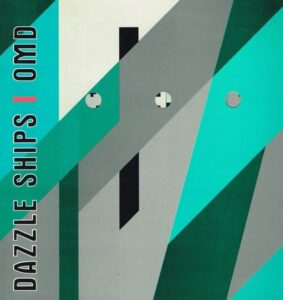
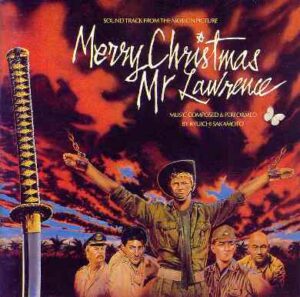
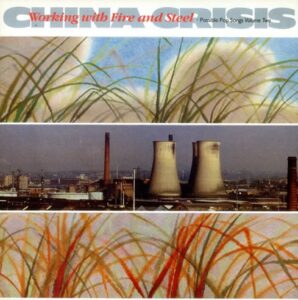
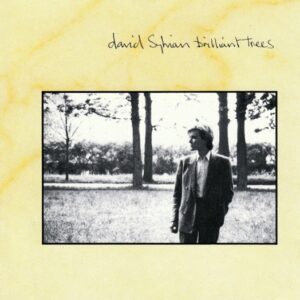
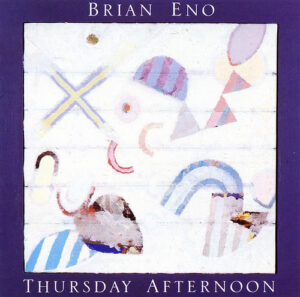
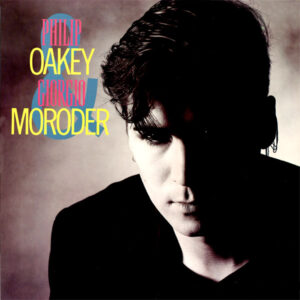
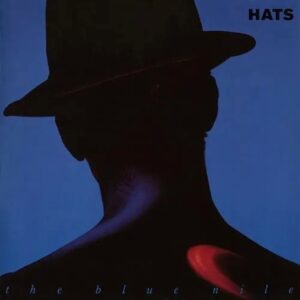
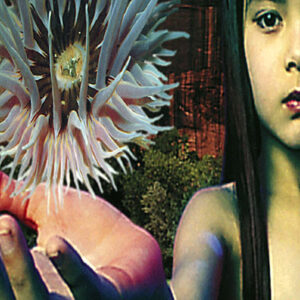
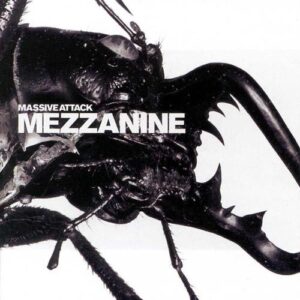
Follow Us!